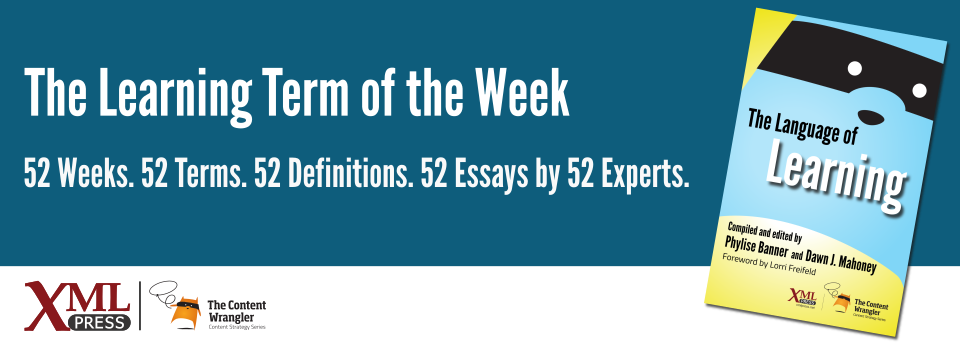What is it?
A validation of competence, as compared against a set of standards and rigor, by a third-party certifying organization. Certification is like licensing, but licenses are legally required for certain jobs. Certifications are voluntary.
Why is it important?
The knowledge, skill, and attitudes assessed for a certification come from a competency model, which is a framework of interrelated knowledge, skills, attitudes, and values derived through a rigorous research and validation process.
Certification plays two roles in the work of professionals. It may be required as a work assignment, or a person may choose to seek certification. Certifications exist in many fields. See the notes for several in the learning field(CPTD)(CPT)(CTT+).
Why does a business professional need to know this?
Business professionals might encounter certification in their work. They might also be responsible for launching or managing a certification program and need an awareness of how to create and manage these programs.
Establishing a certification program includes the development of:
- A competency model
- A certification exam
- Assessment criteria for demonstrating competence
- Training to ensure that assessors act consistently
- Requirements for maintaining the certification
- A code of ethics to which professionals who receive certification must adhere
- Training to prepare people for certification
If you are seeking certification, whether for yourself or members of your staff, make sure that the certification is a useful credential—rather than a certificate that is inappropriately marketed—and that hiring managers recognize the certification.
Business professionals might also need to assess or validate a certification provided on a job applicant’s resume to determine whether the certification validates the competence claimed by the applicant.
Certification is often confused with certificates. A certificate recognizes the successful completion of the requirements of an educational program. However, those who receive certificates are not certified. Certification typically requires a test of knowledge, ensuring familiarity with the body of knowledge of the field and its application in common work situations. Candidates must also demonstrate competence at doing the work, as assessed by a review of completed work or a demonstration of skills to a panel of assessors. Certification may also require real work experience, meaning a minimum specified number of years working in the field.
Most certifications require maintenance or re-certification through the completion of continuing education and other requirements to stay current in the field.
References
- (CIPD) Chartered Institute for Personnel and Development (CIPD) : Well-respected professional organization devoted to human resources and development of people.
- (SHRM) Society for Human Resource Management (SHRM) : Organization that offers the SHRM-CP (certified professional) and SHRM-SCP (senior certified professional) certifications.
- (CPTD) ATD Certified Professional in Talent Development (CPTD): Certification offered by the Association for Talent Development (ATP).
- (CPT) ISPI Certified Performance Technologist (CPT): Certification offered by International Society for Performance Improvement (ISPI).
- (CTT+) CompTIA Certified Technical Trainer (CTT+) : Certification offered by the Computing Technology Industry Association (CompTIA).

